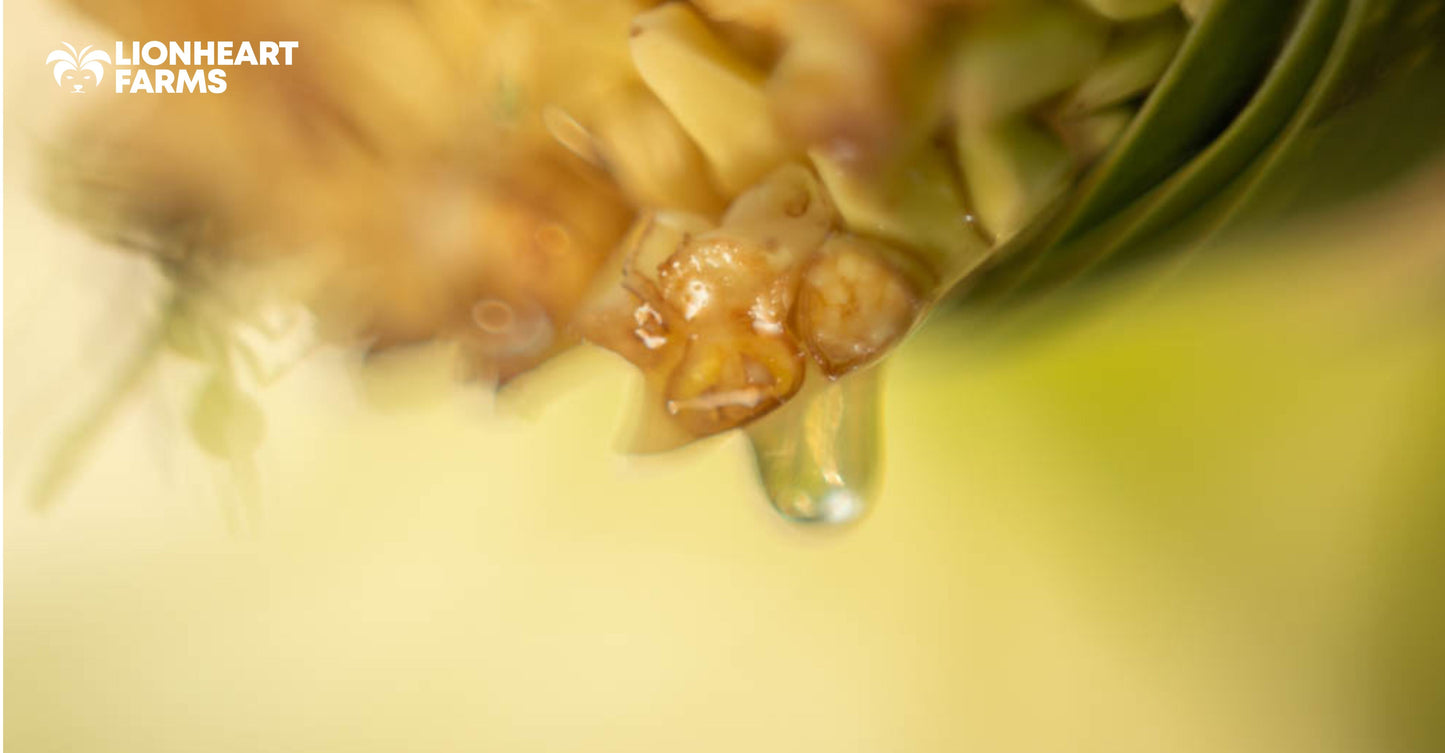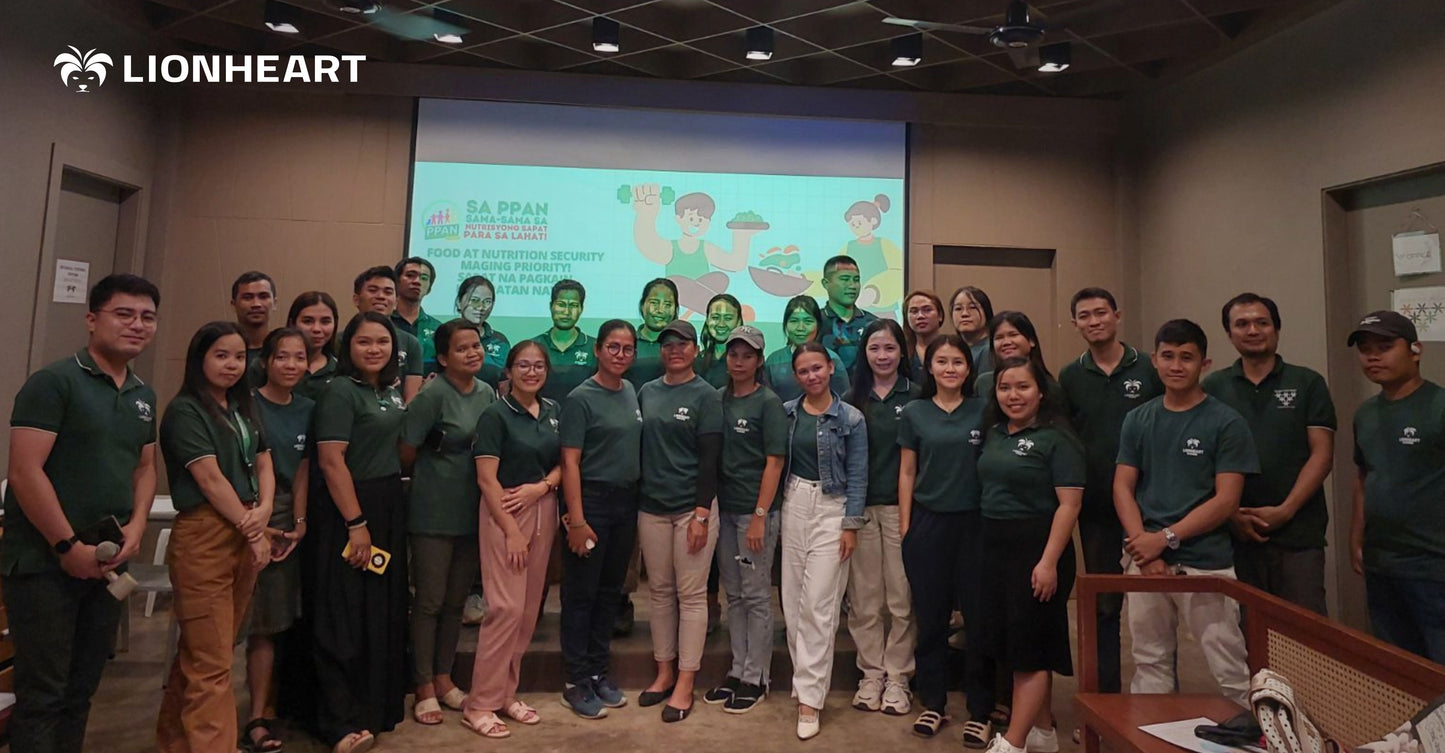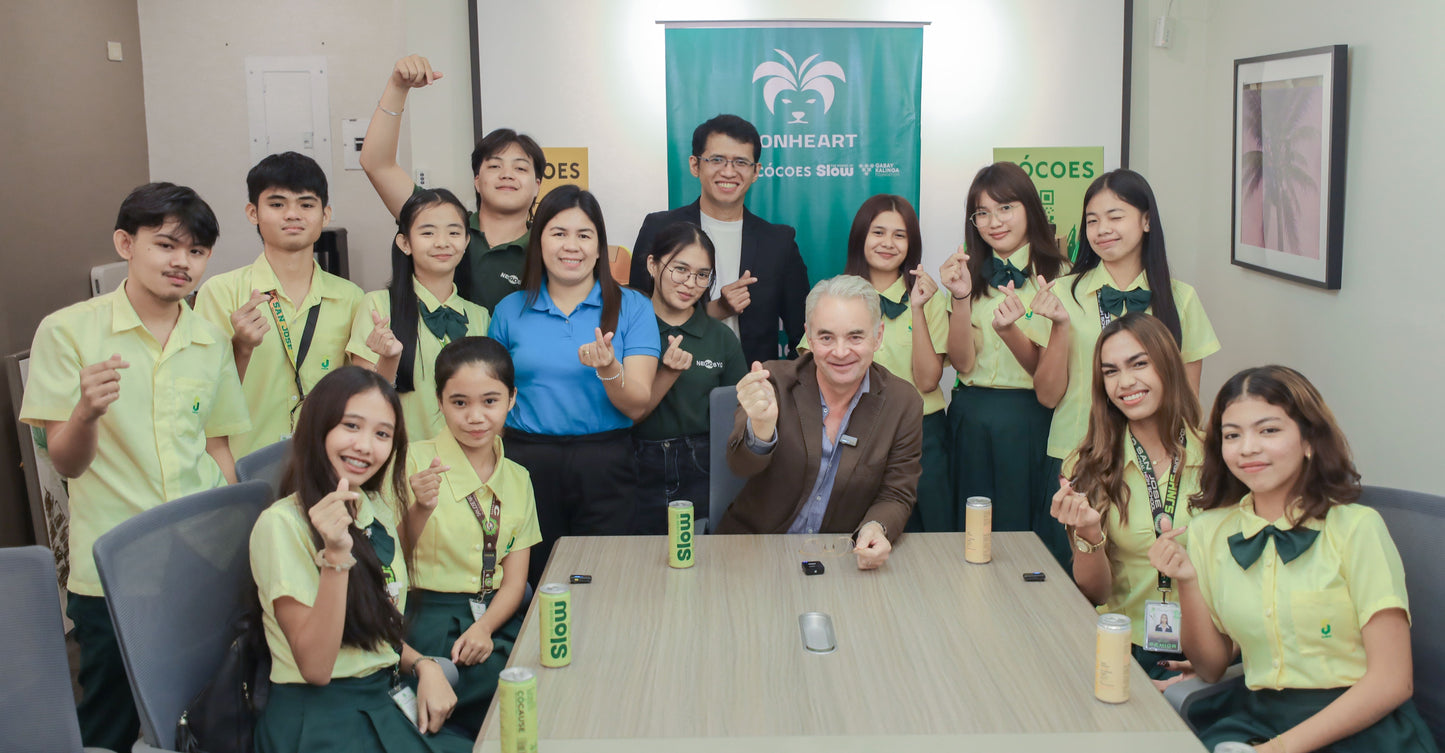
Coconut palms are often called the “Tree of Life”, for its incredible versatility. Every part of the palm has a purpose–from its roots to the trunk to the leaves— every part of it can be used. But one of the most unique resources coconut palms offer is its coconut nectar (sap).
Coconut nectar is a natural, nutrient-rich sweetener tapped from the coconut palm’s flowers. It is then transformed into delicious products like coconut syrup and condiments.
In this guide, we will walk you through the simple steps of tapping coconut nectar sustainably, while ensuring the best quality nectar (sap) for your products.
Why Tap Coconut Nectar (Sap)?
Aside from the fact that it is not only a naturally-sweet, low glycemic alternative to refined sugars, coconut nectar also carries nutrients like potassium, zinc, and amino acids.
Sustainable tapping allows farmers to collect the nectar without harming the tree or its ability to flower and produce more, making it a sustainable choice.
Coconut nectar (sap) tapping is a traditional yet sustainable way to harvest nature’s sweetness without harming the environment.
Understanding the Right Coconut Palm for Tapping
When it comes to tapping, not every coconut palm is suitable. Each specific palm is chosen based on their age and vitality. In order to get high-quality production, the palm should ideally be aged between 5-20 years old. During this age range, the trees typically yield the highest quality nectar for tapping, while younger and older trees tend to produce less nectar.
Steps to Tap Coconut Nectar (Sap)
Mastering the art of coconut nectar tapping requires precision, care, and sustainable practices. Follow these essential steps to ensure high-quality coconut nectar collection while preserving the health of the coconut palm.
1. Preparing the Flower Bud for Tapping
The process begins with carefully bending the flower buds over 7-14 days until they reach a 120-degree angle. Tappers use a straw or flower string to secure the buds to their stems, ensuring they don’t break. This step is typically done in the morning when the buds are still soft and flexible, reducing the risk of damage.
2. Selecting and Cutting the Flower Bud
Once the buds are properly prepared, the next step is selecting healthy, unopened ones for tapping. A clean, sharp tapping knife known as a "karet" is used to make a precise 5-10 cm incision. The cut must be deep enough to release nectar (sap) without harming the bud, ensuring steady and sustainable production.
3. Setting Up the Collection Container
After making the cut, attach a food-grade container to the flower bud to catch the sap as it drips. This setup ensures a continuous and hygienic collection process. Here in Lionheart Farms, our skilled tappers harvest fresh nectar three times daily and deliver it immediately to our factory, preserving its freshness and preventing spoilage.
4. Maintaining Cleanliness
Hygiene is key to producing premium coconut nectar (sap). Farmers meticulously clean and sanitize their "karet" and collection containers to prevent contamination. This practice safeguards its taste, extends its shelf life, and preserves its natural nutritional benefits.
A Sweet and Sustainable Harvest
Beyond producing a natural sweetener, coconut nectar (sap) tapping is a sustainable practice that nurtures the longevity of each palm. By integrating time-honored techniques with modern quality standards, we ensure that coconut palms continue to thrive and produce sap for years to come.
Sustainable tapping practices have helped extend the economic value of coconut palms while preserving their health.
Final Tips for High-Quality Nectar (Sap)
- Age Matters - Use mature coconut palms aged between 10-15 years.
- Always Sanitize the Equipment - Regularly clean the tapping knives or “karet”, and collection containers to maintain quality.
- Tapping Frequency - Collect nectar (sap) three times a day to retain freshness.




